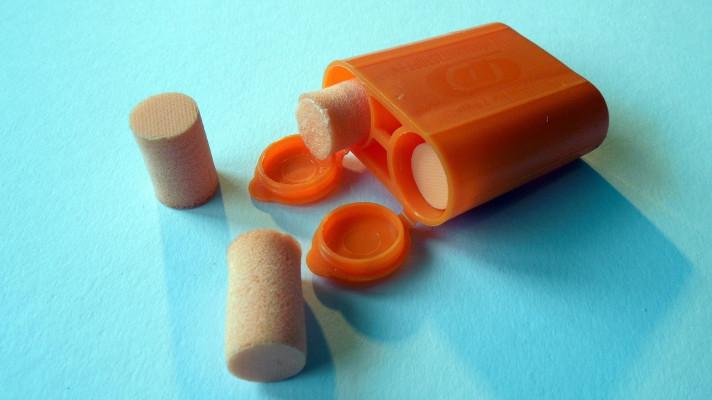Implementing the Noise Directive - lessons from Ireland
New research has reviewed the Irish implementation of the first phase of the EU Noise Directive. So far 31 different organisations have been involved and this will increase throughout the second phase of the Directive's implementation. More standardisation is needed to harmonise activities, perhaps by establishing a national expert steering group.
New research has reviewed the Irish implementation of the first phase of the EU Noise Directive. So far 31 different organisations have been involved and this will increase throughout the second phase of the Directive's implementation. More standardisation is needed to harmonise activities, perhaps by establishing a national expert steering group.
Noise pollution is estimated to cause about EUR12 billion of financial losses per year in the EU and exposure to environmental noise is thought to reduce the quality of life of more than 25 per cent of the EU population. To address this, the EU's Environmental Noise Directive (END)1 requires Member States to produce maps of noise levels in cities and around transport hubs and roads. It also requires the production of action plans to manage noise issues and disseminate information to the public.
The study investigated the implementation of the END in Ireland after the first phase of noise mapping and action planning, which the Directive requires of all EU Member States by June 2007. This can inform the second phase of implementation, which will require a greater scope of noise mapping and action planning by July 2012. It may also be useful to other Member States who could be experiencing similar problems in implementation.
The first phase involved mapping noise levels and creating action plans for one major city (Dublin), its airport and about 600km of major roads outside Dublin. This was the minimum compliance with the END, as there was a low level of expertise and data available. The overall responsibility of implementation lies with the Irish Environmental Protection Agency (EPA), but mapping involved five different organisations and action planning involved 26 organisations.
The EPA has now issued guidance notes on noise mapping. However, there are still issues with calculation as there was no standard method available. In addition, exposure estimates were not made on the basis of the most exposed façade of the building, as suggested by the END.
Most of the authorities have developed action plans and the EPA has issued guidance notes on these. These state the plans should aim to avoid significant health impacts and preserve 'quiet' areas. However, the guidelines have a number of flaws, such as the lack of consideration of the different annoyance levels for different noises, e.g. aircraft noise is usually more irritating than road noise. Lastly, although noise maps are available to the public, there is little coherent dissemination and communication.
The researchers made several recommendations to counteract some of the issues from the first implementation phase. Firstly, they suggest creating a noise expert steering group to ensure a universal approach. The group should have expertise in mapping techniques and measurement of exposure. Secondly, there should be greater harmonisation of calculation methods. This is being addressed by a common European assessment method, but the demands required by this method may be high and practical implications of applying it should be considered in terms of available resources and data. To achieve complete standardisation, authorities would be required to use the same noise prediction software.
Thirdly, there needs to be greater standardisation on the measurement of exposure and some assumptions may need to be addressed, such as assuming that all individuals reside and sleep in their dwelling all year round. Finally, a centralised body to maintain a national dataset could help ensure data accuracy and information sharing.
Contact: kingea@tcd.ie
